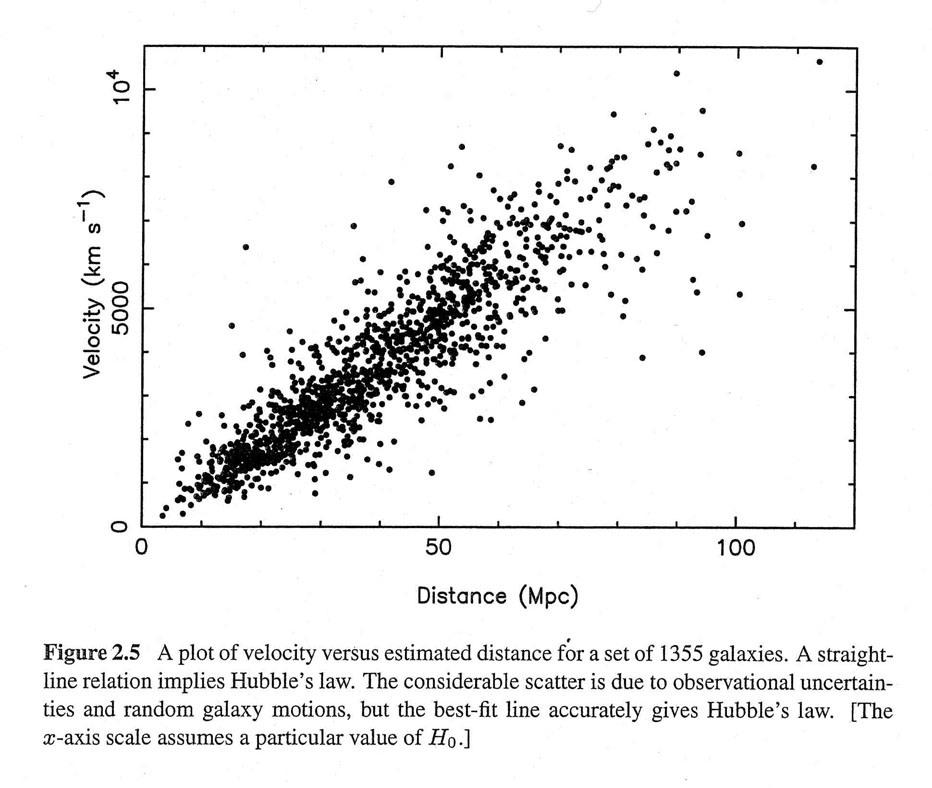According to Hierarchy Model of Galaxy formation, most of the stars form in much smaller clouds, which later agglomerate together to form the galaxies we now observe.
During 1970s and 1980s, it is realized that the Big Bang would have left small matter fluctuations that would grow through gravity and merge to form larger mass objects. Our understanding is that there are many many more low mass fluctuations than large mass fluctuations. Density fluctuations of were much more common than those of
According to this model, it is considered that the Milky Way grew from fragments of mass 10^6 to 10^8 solar masses. Initially these fragments were in isolation, forming stars and globular clusters. They have their own metal enrichment and star formation histories. Then they merge. In this model, the inner regions of the growing spheroid where the density of matter was greater, evolution would be faster. This produces things like metal rich old bulges.
Collisions and tidal interactions between merging fragments would disrupt some globular clusters and left some intact. In this model, the disrupted system would have led to the present distribution of field halo stars while leaving intact globular clusters distributed throughout the spheroid through many random mergers there should be no net rotation of object in the halo.
Model predicts that some proto-galactic fragments should still be out there. This explains significant number of small galaxies orbiting the Milky way and nearby Andromeda. These are surviving proto-galactic fragments. Some are mearging like the Sagittarius dwarf.
This model claims that the elliptical galaxies can form from gas rich spiral galaxy mergers.







Soo much excellent writing..fabulous..I like soo much ..